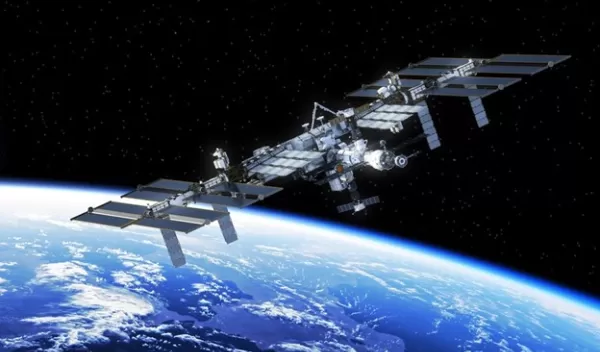
Study examines the effect of prolonged spaceflight on the brain
Researchers at Oregon Health & Science University, supported in part by two grants from the U.S. National Science Foundation, imaged the brains of astronauts before and after the astronauts completed an extended tour on the International Space Station. Spaceflight and the subsequent absence of gravity affect the fluids that fill space in the arteries and veins in the brain, but the long-term effects aren't wholly understood.
"These findings have important implications as we continue space exploration," said senior author of the paper Juan Piantino. “"It also forces us to think about some basic questions of science and how life evolved here on Earth."
Researchers measured perivascular space -- or the space around blood vessels -- and took MRI measurements at one, three and six months after the astronauts had returned to Earth. A group of earth-bound humans was the control group.
When the researchers examined the before and after images, they noticed increased perivascular spaces in astronauts returning from their first mission but not in more seasoned astronauts who had already orbited the Earth.
There were no noted neurological changes caused by the increase in perivascular space. Perivascular spaces are critical to the glymphatic system -- how the brain clears metabolic proteins during sleep.
Enlargement of perivascular spaces occurs in aging and has also been associated with the development of dementia. The findings from the study could be valuable in helping to diagnose and understand disorders involving cerebrospinal fluid, such as hydrocephalus.
Piantino added, "These findings not only help to understand fundamental changes that happen during spaceflight, but also for people on Earth who suffer from diseases that affect circulation of cerebrospinal fluid."
